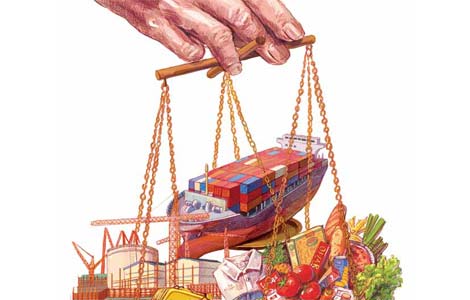China's luxury consumption shift to quality
Updated: 2013-06-04 19:28
(Xinhua)
|
||||||||
HONG KONG - Chinese affluent consumers are increasing their purchases of lower price luxury items, moving away from established brands, Bank Julius Baer said in a report on Tuesday.
The Swiss biggest private banking group released its third Julius Baer Wealth Report Tuesday, saying that the Chinese consumers have changed tastes and habits, and luxury becomes a lifestyle in stead of a one-off celebration.
The report expects the next wave of luxury consumption in China is less about famous brands, but a migration towards heritage, underlying quality and understatement.
Stefan Hofer, emerging market economist and the lead author of the report, said "Evidence continues to mount that Asia's growth and wealth creation engine has decoupled from the still-weak mature economies, and China in particular is moving up the value chain."
He expects the number of High Net Worth Individuals (HNWIs) in Asia will grow from the estimated level of 2.17 million in 2013 to at least 2.82 million by 2015.
In its third year stating from 2011, the Julius Baer Wealth Report continues to focus on Asia, providing a comprehensive analysis of the HNWI landscape in the region, including a comparison of luxury goods and services costs.
The Julius Baer Lifestyle Index, which traces the weighted average prices of 20 luxury goods and services across Asia, rose 8 percent in 2013, albeit at a slightly slower pace than the 8.8 percent in 2012.
Based on the cross-sectional data, China's Hong Kong, China's Shanghai, Singapore and Bangkok have the most items that cost more than the region's average prices, while most luxury services in India's Mumbai, Indonesia's Jakarta, Malaysia's Kuala Lumpur, Philippines' Manila and China's Taipei are below the regional average.
In keeping with the 2012 outcome, the cost of university education has shown the highest increase for this year, up more than 30 percent for all markets.
The second highest average increase was seen in high-end wine, which grew more than 16 percent across all markets, and experts expect prestigious wine labels may rise at a slower rate in the future.

 Michelle lays roses at site along Berlin Wall
Michelle lays roses at site along Berlin Wall
 Historic space lecture in Tiangong-1 commences
Historic space lecture in Tiangong-1 commences
 'Sopranos' Star James Gandolfini dead at 51
'Sopranos' Star James Gandolfini dead at 51
 UN: Number of refugees hits 18-year high
UN: Number of refugees hits 18-year high
 Slide: Jet exercises from aircraft carrier
Slide: Jet exercises from aircraft carrier
 Talks establish fishery hotline
Talks establish fishery hotline
 Foreign buyers eye Chinese drones
Foreign buyers eye Chinese drones
 UN chief hails China's peacekeepers
UN chief hails China's peacekeepers
Most Viewed
Editor's Picks

|

|

|

|

|

|
Today's Top News
Shenzhou X astronaut gives lecture today
US told to reassess duties on Chinese paper
Chinese seek greater share of satellite market
Russia rejects Obama's nuke cut proposal
US immigration bill sees Senate breakthrough
Brazilian cities revoke fare hikes
Moody's warns on China's local govt debt
Air quality in major cities drops in May
US Weekly

|

|








